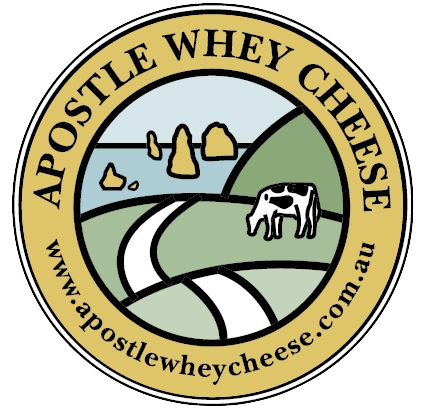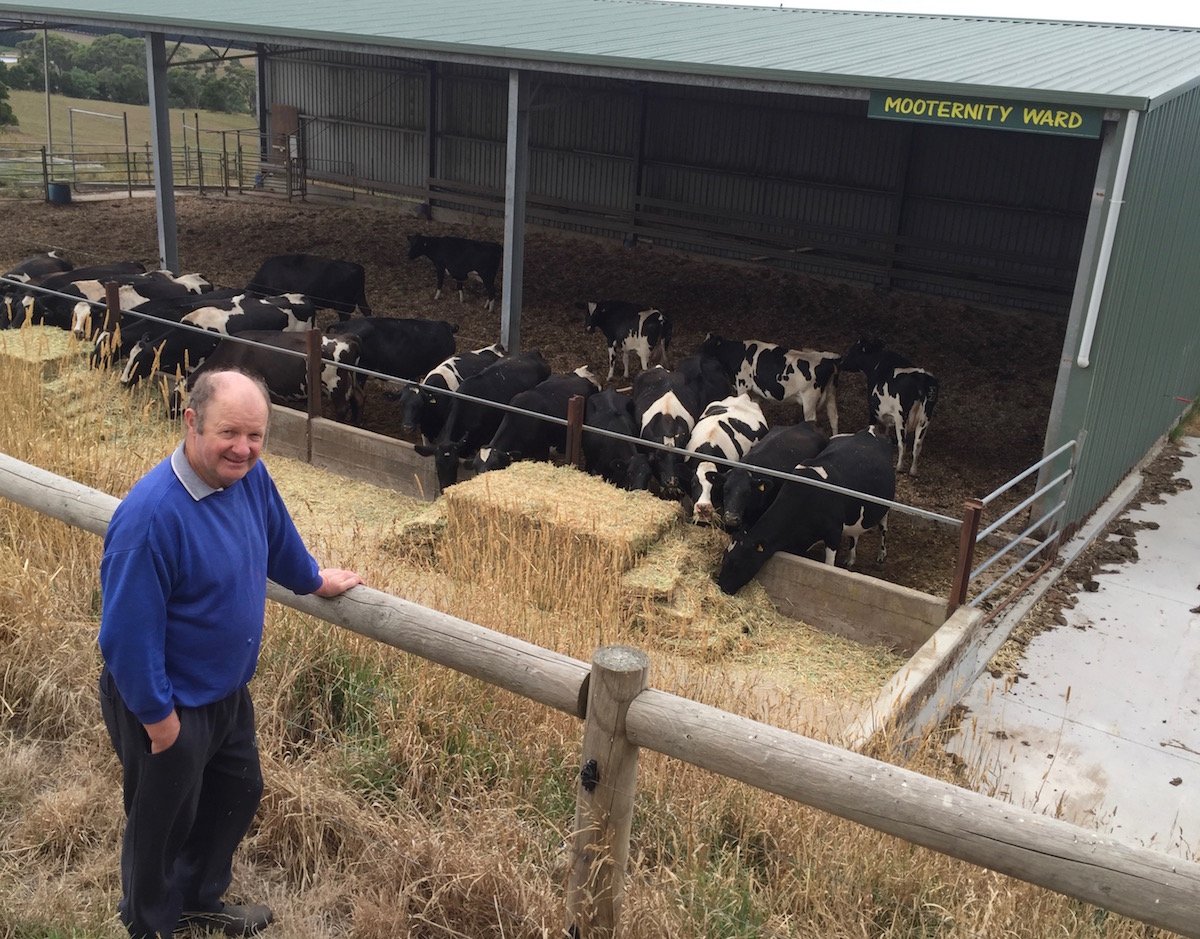Dairy Life | Part 1: The calving shed
Welcome to the first post in our Dairy Life series. We will follow the life of one of our newborn dairy heifer calves, right through to her becoming a working milker.
The health and wellbeing of our animals is critical to the quality of our milk and by extension the taste and success of our cheeses. Every decision we make on our farm is designed to produce the highest quality milk possible.
This Dairy Life series also aims to help our customers, and other people who aren’t farmers, better understand the intricacies of environmentally sustainable dairy production. It is a way of life that we love, but it’s also a highly demanding job that requires a good education, lots of training, extensive experience and the ability to understand and apply complex aspects of animal and agricultural science. We think you’ll find it fascinating.
So join us for this 10 part series and please ask questions, make comments and interact with each other through the comments section of this blog.
The journey for our heifer calf has already begun. She is currently unborn inside her mother, who is enjoying the comfort and relaxation of our calving shed.
We have about 180 cows that will calve between now and the start of May and we have a second calving period between July and September. We didn’t always calve twice, but when we started Apostle Whey Cheese it helped ensure great quality milk all year.
Our cows are either artificially inseminated or covered naturally by a bull – either way we have a very good idea when they are due to calve. About two weeks before their expected calving date, we bring the cows up to our calving shed. It is located right behind our production facility and can be viewed from our shop.
The calving shed is designed to keep the animals warm and dry. It has two solid walls to keep out the prevailing south-west winds and is fully roofed to keep the animals dry.
Just like us, cows that are warm, well fed, dry and kept comfortable are able to harness their energy on the production of a healthy calf and good milk for that calf when it is born.
The shed floor is topped with about 50cm of soft woodchips. Beneath that is a layer of coarse sand, then shade cloth, then scoria, drainpipes and finally large aggregate.
These layers mean any moisture from urine goes through the surface and runs away leaving the shed floor dry. This is important in preventing infections in the teats, which in some cases can start dripping milk when the cows are close to calving.
When the cows that are about to calve were dried off about two months ago, they were infused with a treatment to clear up any infections in their udder that may have existed. They were then treated with TeatSeal, which is a paste that is squirted into the end of the teats and forms a plug to prevent bacterium entering the teat and causing any problems.
While we are waiting for the expectant mothers to calve, they are taken less than 100 metres to our dairy everyday – just as they are for most of the year. Even through they are not milked, they go on the rotary dairy and receive a controlled grain mix of 3-4kg daily.
This grain mix contains anionic salts that help release the calcium from their bones to meet the added demand of lactation and to ensure that the calcium in their blood doesn’t get too low, which is what causes milk fever.
Every cow is different and we carefully manage each animal on a daily basis to ensure they are as comfortable and healthy as possible – both for themselves and their calves.
While in the calving shed throughout the day, they have access to hay, silage and plenty of water. They are warm, dry, happy and ready to calve when the moment arrives.
And so that’s where we leave our unborn calf and Part 1 of our Dairy Life series. Hopefully she’ll come into the world naturally, but if there are any complications we have a crush in the calving shed to put the mother in and give her some assistance with the delivery.
As soon as the calf is born, we’ll be back with Part 2 of Dairy Life. In the meantime, she’s going to need a name, so if you have any suggestions please let us know.


